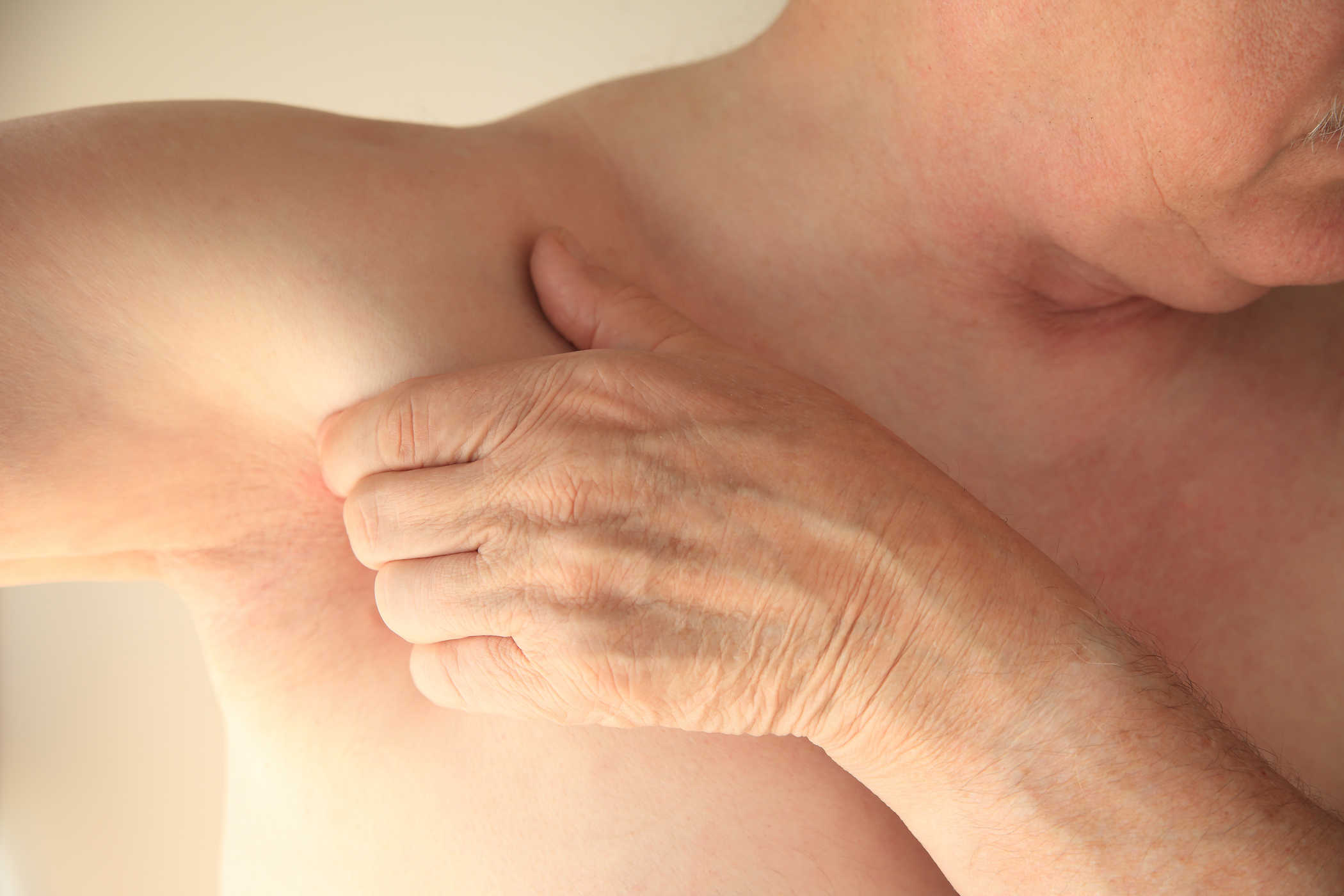Contents:
- Medical Video: How To Catch Breast Cancer Early: Stanford Doctors Explain Mammography Options
- Mammogram
- Calcification
- Clots
- Magnetic Resonance Imaging (MRI)
- Breast ultrasound
- Ductogram
Medical Video: How To Catch Breast Cancer Early: Stanford Doctors Explain Mammography Options
Mammogram
Mammograms, or breast X-rays, can be used to diagnose breast cancer in women, both those who have not and those who have shown symptoms of cancer. This test can detect breast cancer that is too small to be checked manually. Even so, the mammogram itself cannot provide definitive results regarding the presence of cancer.
Some women feel worried about the radiation used in mammograms. Fortunately, modern equipment now uses very small amounts of radiation during the test. In fact, one mammogram provides exposure to ionic radiation, the amount of which is the same as the radiation obtained by passengers across the country.
A mammogram every two years is generally recommended for women between the ages of 50 and 74 as additional care. Mammogram tests every two years (the frequency depends on recommendations from your doctor) can monitor breast conditions from time to time. Women who have a higher risk of breast cancer may be advised to undergo a mammogram before the age of 40 and continue to do it every following year.
In the mammogram process, each breast is clamped between two photographic plates. Although it causes discomfort, this process is needed to produce the best image so that the radiologist can examine it correctly. The whole series of mammography processes lasts less than half an hour.
By looking at a mammogram, the radiologist will see changes in breast tissue, such as:
Calcification
Mineral deposits may be small (microcalcified) or large (macrocalcification). Macrocalcification occurs in half women over the age of 50 and one-tenth of those under the age of 50. These symptoms are generally non-cancerous. Microcalcifications, small spots of calcium in breast tissue, may take the doctor's attention more, depending on how these spots form and gather. In some cases, cancer can be detected and a biopsy will be recommended.
Clots
This clot can be a non-cancerous cyst or a solid benign tumor (fibroadenoma). However, the clot may be a cancerous tumor that may be accompanied by calcification. Cysts, fluid-filled sacs, can be detected by ultrasound or treated by removing fluid with a thin needle. Clots that are not cysts will usually be biopsied. The size, shape and edge of the clot can help the radiologist determine the presence of cancer.
The following are some useful tips so that mammograms meet high accuracy standards:
- Look for medical services that are used to mammograms or offer mammograms exclusively.
- If you find a good place, keep going there. This will make a comparative study with older mammograms more comfortable.
- For the first visit, bring a list of the latest mammograms, required documents, a list of biopsies or other breast treatments. Make sure you fill in the date, place, and name of the doctor.
- Avoid scheduling mammograms a week before menstruation. Determine another date when your breasts are not sagging or swollen. This can relieve discomfort during the mammogram process and the resulting image quality will be better.
- Do not use antiperspirants and deodorants on the test day. This product can interfere with X-ray imaging.
- At the time of the test, make sure you tell all the symptoms and complaints of the breast to the medical officer who has a mammogram.
- Keep in mind that less than one tenth of the 1% standard mammogram shows a cancer diagnosis. About 10% of women who undergo a mammogram need to take further tests. In addition, less than 10% of them will need a biopsy and about 80% of the results of the biopsy do not show cancer.
Magnetic Resonance Imaging (MRI)
For women who are at high risk of breast cancer, MRI can be used in conjunction with a standard mammogram. MRI uses radio waves and magnets to examine areas that have been marked by standard mammograms. MRI may be very useful for young women who are at high risk because they have a family history of cancer. If their breast tissue has turned solid, standard mammograms are very ineffective.
With MRI, contrast dye (gadolinium) is often injected into small blood vessels to highlight breast tissue to make it look clearer.
MRI is a very sensitive test, so this test is not recommended as a primary screening tool. For women with a risk of cancer in the average range, MRI can produce false positive results that require patients to undergo more tests so that fear arises that is not really needed. But for some women who are at high risk of breast cancer, MRI is very important to undergo.
Breast ultrasound
Ultrasound uses sound waves to produce images. A small metal handheld device (transducer) coated with ultrasound gel and moves around the breast. The transducer emits sound waves that bounce back to the device. The results of this test are pictures on a computer that can be checked directly through a monitor or in the form of a printed image. This test causes no pain.
Ultrasound is used to study mammogram findings. Ultrasound is not used as primary screening. Ultrasound can help doctors to read mammograms of women who have dense breast tissue.
Ultrasound can also be an appropriate tool for examining breast cysts or lymphomas. Besides being able to distinguish cysts from tumors, ultrasound does not cost a lot like MRI or CT scans. This test is also useful as a companion test of needle biopsy. Although classified as very safe, ultrasound must be carried out by experienced medical personnel.
Ductogram
Ductogram (or called a galactogram) can diagnose the cause of discharge from the nipple. Nipple discharge is generally caused by injury, infection, or benign growth. The discharge from the nipple (other than milk) which is red or brownish is a symptom of breast cancer.
In the ductogram process, a thin micro-sized tube is placed at the end of the nipple duct. With the help of contrast material, an X-ray image will show cancer growth inside the canal.












